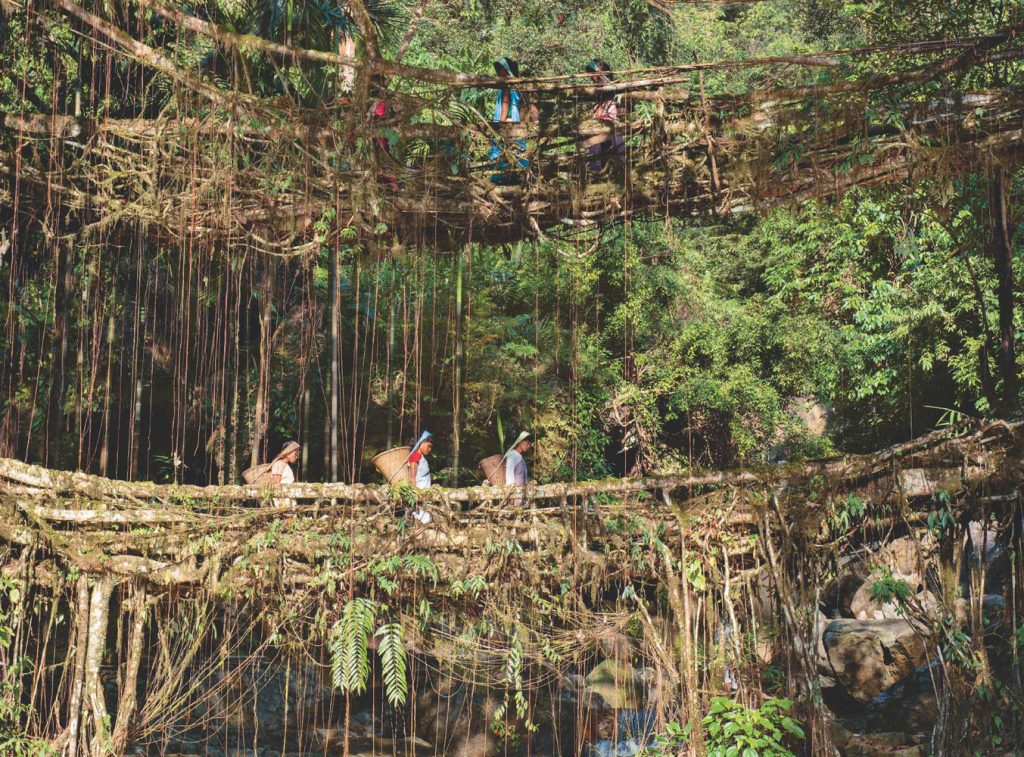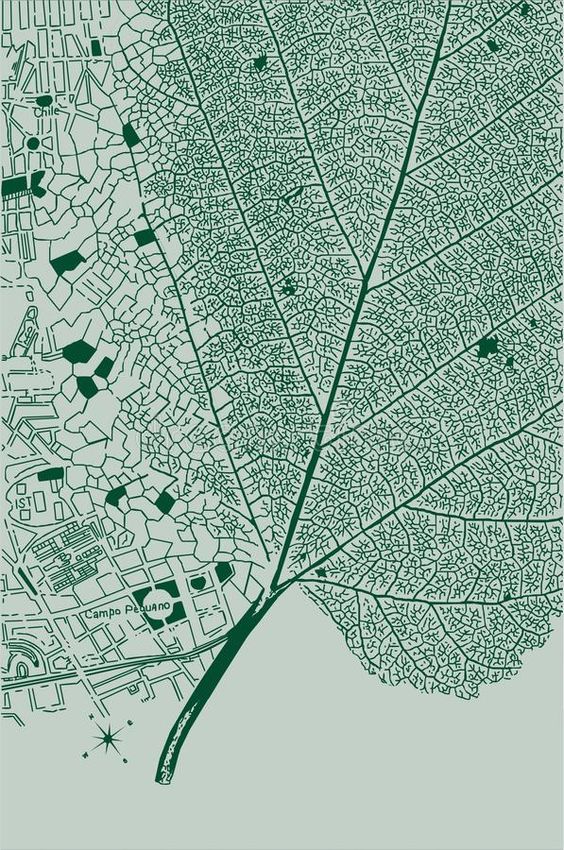We currently live in a concrete world built around our natural habitat that the earth provides us, these are two separate entities that exist within one universal realm. However, it requires a better integration of the two, so that our natural environment is saved and protected and habitable for a long time. Hence, it becomes pertinent to intertwine the human designing capabilities with the natural world, this is where ecological design comes in to do its small bit within the larger scheme of things.
What is Ecological Design?
Ecological design is a principle and an approach of design, with the main goal of minimising negative environmental impacts, also working on the product’s quality level and making it suitable for ideal usage. This design respects species diversity, minimises resource depletion, preserves nutrient and water cycles, maintains the quality of habitat and is sensitive towards the health of the environment and all its natural bodies. In ecological design approach, ecology is the central figure, the goal of ecological design is to create solutions that are not only functional and aesthetically pleasing but also environmentally responsible and socially equitable.

A Peek into the “Green” Past, The Use of “Green” Design in the 1980s
Ecological Design has been brewing as a concept since the 80s, marking a significant shift within the field of product and graphic design, emphasising on the environmental elements that have been ignored within design for a long time. While the original term “green” design has now been changed to “ecologically”, “environmentally friendly” terms, in recent times you find the term “sustainable design” doing the rounds, which reflects the changing mindsets and approaches regarding the larger theme.
When the movement began, green parties had gained prominence, media and advertising saw a surge in “green campaigns” and green related content.
Germany and Netherlands were amongst the first few countries who led the ecological design movement, there were the likes of Evelyn Moller coined the term “ecological functionalism” in 1982, which contributed to the formation of a working group on ecology and design. In the UK, we had “The Green Designer” exhibition in 1986 to showcase green design. The different tendencies of “light green” and “dark green” showcased the different viewpoints within the same movement. Light green denoted modifying existing institutions, while dark green perspectives were more radical and critiqued the industrial revolution at the time. The 80s saw the commencement of “green” consumerism, magazines by the name of ‘Ethical Consumer’ and ‘New Consumer’ came into being in 1989, that aimed at promoting social, economic and environmental change within its consumers.

Shift to Ecological Design: Evolution of Ecodesign in the 90s era
While the term ecological in terms of environment was adopted in the 60s and 70s, the term eco-design came into the picture in 1988.The Ecological Design Association, formed by 1989, played a role in popularising the term “ecodesign.” The EDA chose “ecological” over “green” due to the expectation that “green” would become an outdated term. Their journal was named “Ecodesign,” reflecting a broad understanding of ecological design, including deep ecology principles.The term ecodesign saw an emergence in European countries. In the early ’90s, various international initiatives and government-sponsored programs focused on ecodesign. Recent ecological thinking suggests a need for a new model of design and lifestyle. It contrasts an ecological world-view with the modernist world-view of industrial society, emphasising the importance of rethinking priorities, phasing out unnecessary products, living with less, and working with natural systems.

Shift to “Sustainable” or “Global” Design
Ecological design soon shifted toward the idea of “sustainable” or “global” design, reflecting a broader perspective that considers long-term changes in attitudes and envisions a consumerless world. Sustainable design is seen as a more complex concept that considers societal conditions, development, and ethics. Sustainable design involves analysing and changing the systems in which products are made, used, and disposed of, as opposed to a more limited, short-term Design.
Radical and Indigenous Impact of Ecological Design
Designers now recognise the radical nature of ecological design and with the emergence of ecological design has led to a shift in design criticism. Historically dominated by a non-ecological approach that viewed consumerism positively, design criticism is now beginning to incorporate ecological perspectives and discussions, suggesting a change in attitudes with far-reaching consequences. One must also note that while the western society has just come to accept the principles and approach of ecological design and its interventions, indigenous tribes and people have a longstanding history of coexistence with the environment. Their architectural structures, lifestyle, art, costumes are reflective of an ecological and sustainable kind. The tangible and intangible wealth of these indigenous people can be proven to be useful in ecological design and in restorative ecology as well.

Ecological Impact on Designing
- Eco materials , use of raw materials which are abundantly, locally available reduces fuel consumption and CO2 emissions in the environment.
- Offgrid architectural structures that utilise clean electric power, they get power supply from active or passive energy systems.
- Ecological design principles are also applied to the textile industry, which is more environmentally friendly. The method includes recycling old textiles and clothing items, using biodegradable materials to make clothes
- Eco-design is also applicable in interior design, using natural materials to decorate one’s home, using recycled and naturally made products within the space. Indulging in passive heating and cooling and zero waste. Make spaces which are in tandem with the health and lifestyle of the inhabitants of the space.
References
- Pauline Madge. Ecological Design: A New Critique. Design Issues , Summer, 1997, Vol. 13, No. 2, A Critical Condition: Design and Its Criticism (Summer, 1997), pp. 44-54. : https://www.jstor.org/stable/151173
- Taieb, Amine Hadj et al. (2010). “Sensitising Children to Ecological Issues through Textile Eco-Design”. International Journal of Art & Design Education, vol. 29, 3. P313-320
- https://issuu.com/tdgarden/docs/ecological_design/s/13435558





